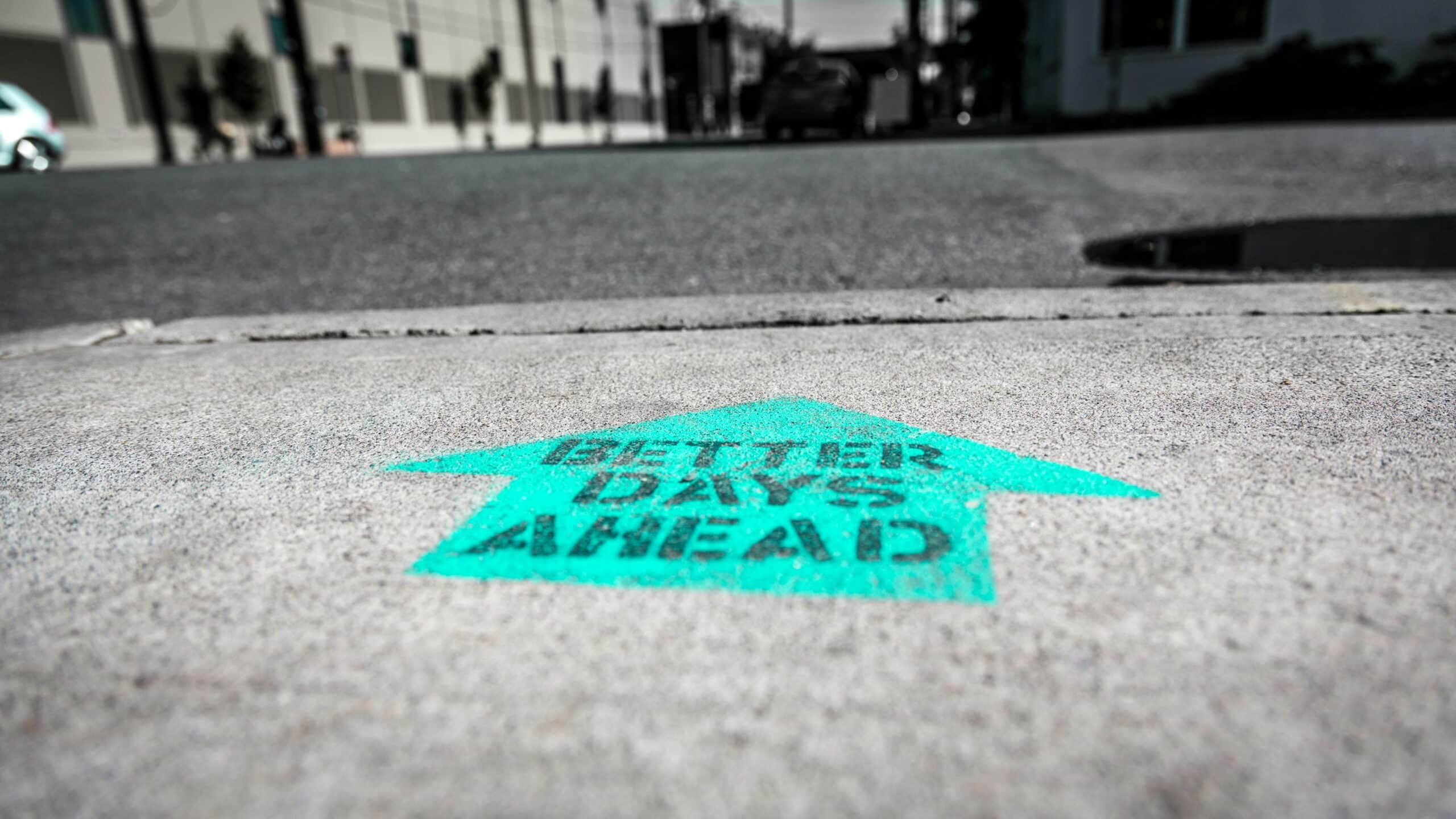As drug abuse spreads, a growing number of people are asking, “What is krokodil?” Sadly, this addictive substance is killing many people and ruining lives. As a result, the men’s rehab center in Jacksonville, FL, has the necessary help for those abusing this substance.
What is Krokodil?
When answering the question “What is krokodil?” it is essential to know its origin. Initially developed as desomorphine in the 1930s, the drug is ten times more potent than morphine. While intended as a painkiller, krokodil was banned in 1936 because researchers found it possessed almost no medical benefits. Even worse, it caused many terrible side effects.
Chief among these side effects is green and scaly skin, a reaction occurring at the injection site caused by skin death. As the skin dies, gangrene spreads, producing the green and rough texture. Furthermore, gangrene may then rapidly spread to living skin. Many long-time krokodil users have skin looking like a crocodile’s hence, how the drug gets its street name.
The use of this substance was minimal for decades. However, international krokodil abuse became an epidemic in 2002. Those with other opiate addictions often used Krokodil. Users almost always understand the dangers of this substance. However, krokodil is often easier found and less expensive than heroin or other opiates with a very quick and potent high. As a result, it may be used as a replacement by those desperate for a high.
Why is Krokodil Dangerous?
People who wonder “What is krokodil?” and its dangers have many answers to consider. Krokodil is a uniquely dangerous drug and one that has affected many people around the world. As a potent opiate, krokodil causes quick addiction. And abuse causes side effects unique to this drug. For example, many krokodil users experience:
- Phlebitis – Inflamed veins may be both painful and dangerous for heart conditions
- Blood clots – Severe blood clots may lead to heart attacks and strokes
- Infections – Blood and bone infections may occur and cause hazardous conditions
- Organ damage – Injury to the liver, kidneys, and brain may occur with krokodil use
- Amputation – Gangrene may make amputating part or all of a limb necessary
- Death – Krokodil has a very high mortality rate in users
The dangers of krokodil were illustrated in the first reported case of abuse. A woman injected the drug once and developed ulcers on her skin. These ulcers refused to heal, spread, and caused swelling. After 12 months, they were so bad that she had her affected limbs amputated. Remember: this reaction happened after just one injection. As a result, krokodil abuse must be managed immediately by professionals.
How Can Krokodil Be Treated?
Because krokodil works like an opiate, it must be treated like one. As a result, anyone wondering “What is krokodil?” needs to understand their treatment options. These typically vary based on the needs of the individual. However, the unique nature of krokodil makes treatment even more crucial. You can’t tolerate this substance in your life. Using it even once may have disastrous results.
First of all, any krokodil user needs to reach out for medical help if they experience any of the adverse symptoms mentioned above. Getting your physical health in order helps manage your recovery. By stopping the spread of these issues, you can also avoid losing limbs and skin. After you have handled these health problems, you must work with rehab specialists.
Opiate addiction treatment experts understand how to manage this issue properly. They start by figuring out which treatments will work with you. Then, they will provide care to help walk you through addiction. Often, options like detox are necessary to manage withdrawal. More comprehensive care, such as dual-diagnosis, also helps those who have a mental and emotional addiction to krokodil or other opiates.
Who Can Help With This Problem?
If you need to know “what is krokodil and how can it be treated?” please contact us at Lakeview Health. Call [Direct] to get quick access to high-quality treatment specialists. We provide detox, residential treatment, partial hospitalization, and more. Our care specialists work hard to provide a coherent and effective holistic program. So please verify your insurance with us and get treated soon.




